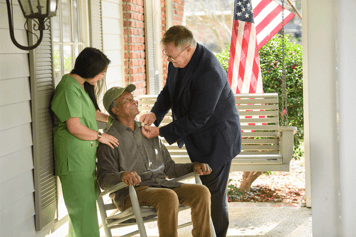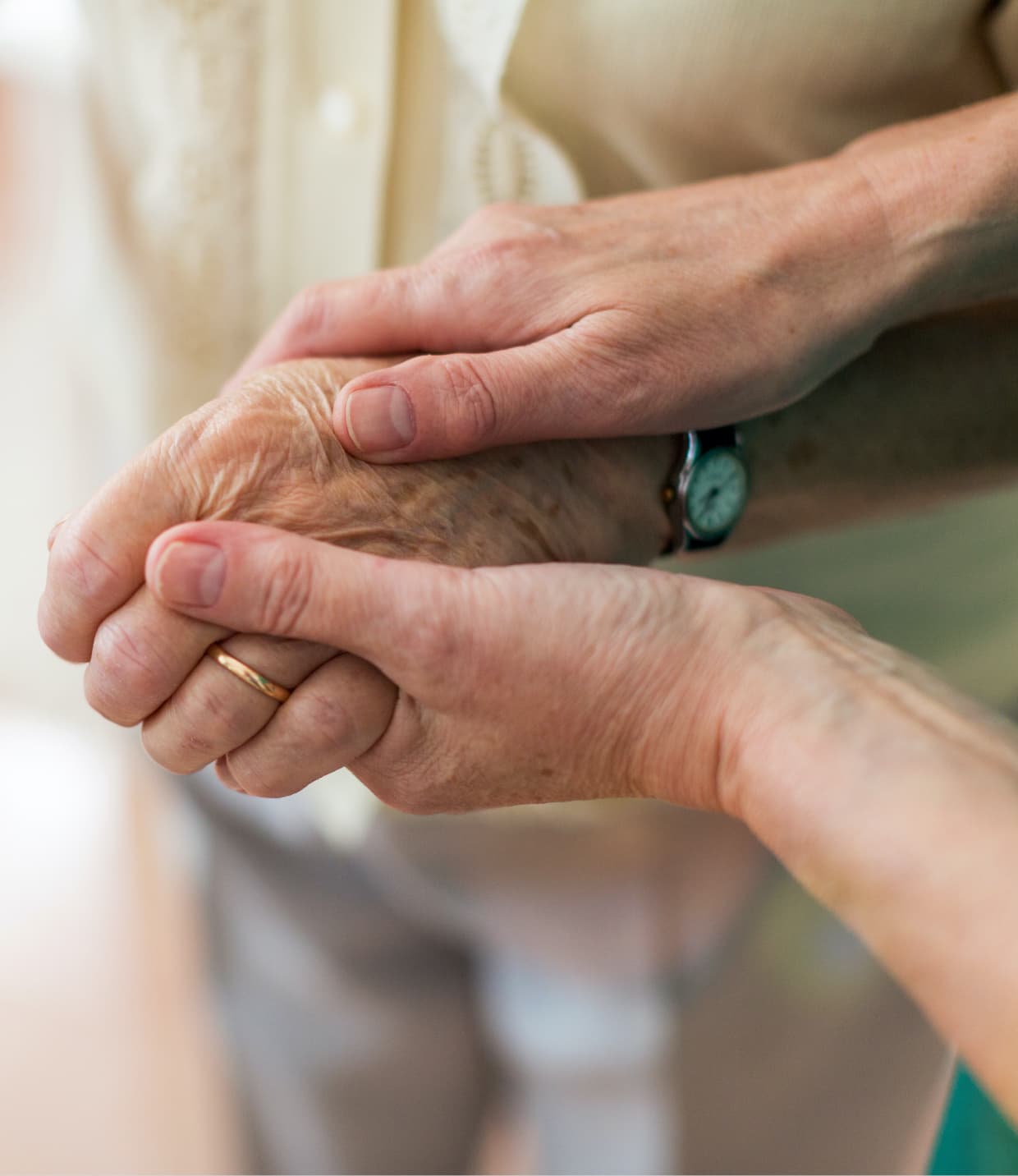Hospice provides supportive care for people who have a terminal diagnosis and a life expectancy of six months or less as certified by the physician. The patient who meets criteria can be admitted to hospice and they and their caregivers can experience comfort and quality of life through hospice care.
Navigating the end-of-life journey can be confusing. Here are some key signs that can help you know if hospice care is the right choice for your patient.
[action 1]
Signs That It’s Time for Hospice
Serious health challenges along with a terminal diagnosis are indicators that hospice care might be the best support option. End-of-life decisions can be overwhelming for your patients and their families, so providing some key signs and symptoms can help them make an informed decision.
1. Life Expectancy of Six Months or Less
This is a core requirement for hospice eligibility. As long as the patient continues to meet eligibility requirements, hospice can continue to provide care until the end of life.
2. Worsening Health
If your patient needs considerable attention from medical professionals and continues being admitted to the hospital due to complications related to their terminal illness, hospice might be appropriate.
3. Decreased Appetite
Many terminal illnesses can cause the body to decrease the need for nutrients, so a decreased appetite is common.
Pain, nausea, lack of energy, and medications can also interfere with a patient’s appetite and need for hydration.
4. Increased Sleep
Increased sleeping is another common symptom of terminal illnesses because the body is trying to conserve energy.
5. Notable Changes in Behavior
Changes in behavior for a terminally ill patient may include issues with mental clarity, confusion, forgetfulness, irritability or restlessness. Challenges with communication can also be a sign of advancing illness.
6. Difficulty with Activities of Daily Living
The terminally ill patient may have decreased functional status and need assistance with Activities of Daily Living (ADLs). When eating, toileting, bathing and dressing independently become a challenge, hands-on assistance from hospice support can help.
7. Caregivers Lacking Support
Remember that caregivers are also part of the equation. Caregivers are responsible for providing care to ensure their terminally ill family member is as safe and comfortable as possible. If the caregiver is struggling with their responsibilities, hospice care could help.
Navigating the Hospice Journey
The hospice care journey can be emotionally draining for patients and their families. The hospice timeline below can be used as a guide to help them understand the full process:
Step 1: Referral
When curative treatment is no longer an option or one the patient wishes to pursue, a terminally ill patient and their doctor can agree to a referral for hospice care. Hospice will contact the patient or family members to schedule an informational meeting with a hospice care provider to discuss their concerns and goals. Typically, referral and admission to hospice can occur within 24.
Step 2: Admission
A Hospice Registered nurse will visit your patient to assess their individual needs. Based on this assessment, if the patient is determined to be eligible for hospice, medical equipment, supplies and medications related to the patient’s terminal illness will be incorporated into an individualized care plan. The plan of care includes what matters most to the patient and caregiver, and the patient and caregiver contribute to key decisions.
Step 3: Continuing Care
The individualized plan of care will be managed by the interdisciplinary team including specially trained physicians, nurses, nursing assistants, social workers and chaplains based on patient and caregiver needs. Continuing care is provided with intermittent visits from the team members. The focus is on maintaining quality of life and providing expert pain and symptom management. Medical professionals and volunteers also offer support and education to caregivers.
Step 4: Final Days
At the end of life, care is focused on providing comfort and support through pain and symptom management and support for the patient and caregivers. Hospice can assist in notification of loved ones and in making final arrangements.
Amedisys uses a protocol called “Code Green” to ensure appropriate care and support for the patient and the family during the final days of life. Code Green is a call to action for the hospice team to work together to address the evolving physical, emotional and spiritual needs of the patient as they approach the end of life.
Step 5: Grief Support
The end of your loved one’s life doesn’t mean the end of hospice care. Bereavement care, grief support resources, including in-person or online support groups, education and follow-up services are available for caregivers for up to 13 months after the death of the patient.
How Hospice Care from Amedisys Can Help
Caring for someone at the end of life can be confusing, frustrating and deeply saddening. One of the best things you can do for your patients and their families is to provide clarity when it comes to their next steps.
For a quick reference, download and print out a copy of The Hospice Timeline to serve as your guide to a typical path for patients and their loved ones, and hopefully bring them some levity in a challenging time.






